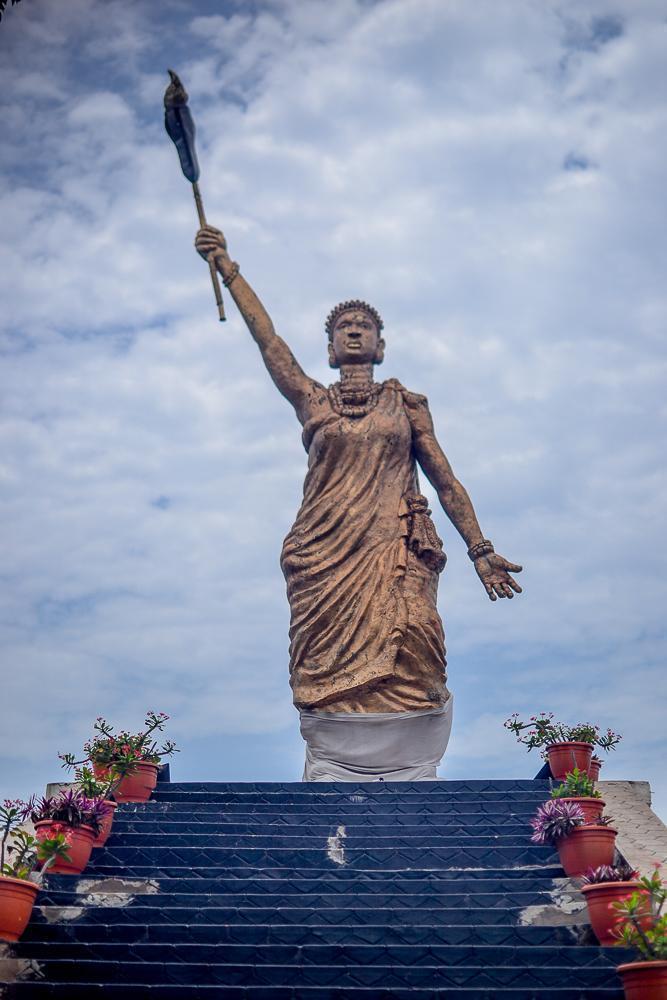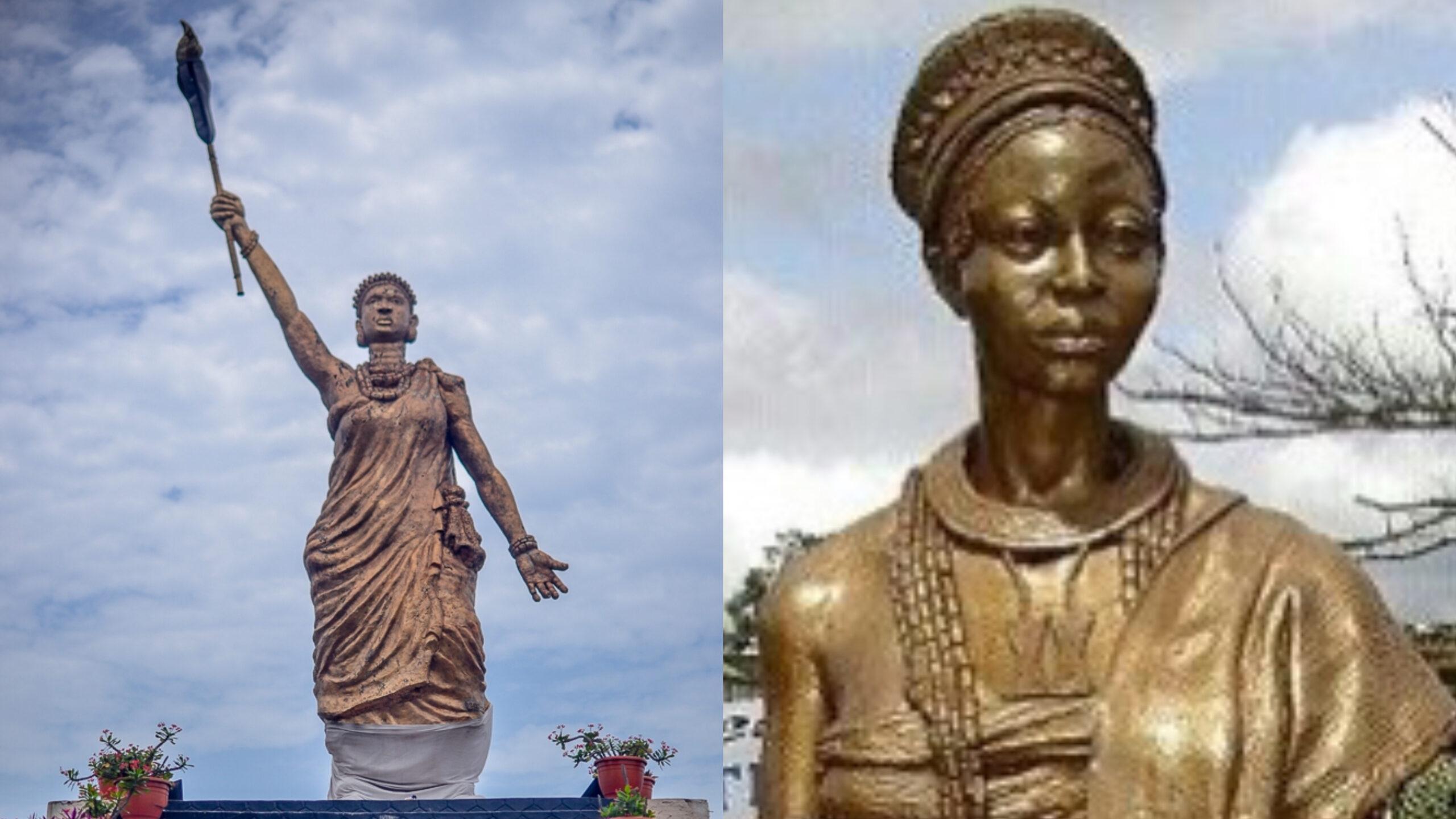Evidently, the story of one of the Yoruba kingdom’s first princesses, Moremi Ajasoro, is fascinating and points to the significant role women have played and continue to play in the unity of African kingdoms and nation-states.
In the first kingdom of the Yoruba people, Ile-Ife, Moremi Ajasoro, popularly named Moremi, is regarded by all accounts to have been a highly significant figure. It is presumed that she was from Offa and was married to the royal family. Her husband, King Oramiyan, was a direct descendant of the ancient founding father of the tribe, Emperor Oduduwa.
Moremi, “a faithful and zealous supporter of her husband and the Kingdom of Ile Ife,” is said to have been of tremendous beauty. So much so that, for the kingdom, she was able to risk her life and marriage.
The Yoruba neighboring tribe, the Igbos (which historians say are not the same as today’s Igbos) were constantly and effectively raiding the people on and around Ile Ife at the time of the 12th century when she lived. The Igbos enslaved the people they captured as well. However enraged, the Yoruba leaders did not seem to deter the attacks and the Igbo warriors appeared unstoppable.
It is here that Moremi conceived a scheme to save her people, being incredibly brave and diplomatic. She went to the Spirit of the Esimirin River, vowing to give everything she had to lose if her diet allowed her to uncover the power of the enemies of her country.
She then went to a location that was regularly raided. She allowed herself to be caught when the Igbo raiders arrived. Being very pretty, she was taken to the Igbo King as a booty. Skilled and optimistic, she soon gained the trust and love of the King and the people of the Igbo Land. This helped her to become friendly with their warfare customs and tactics.
Notably, she found that in readiness for battle, the Igbo dressed themselves with Ekan grass and bamboo fibers from head to foot. To beat them, she knew, meant that anyone with a torch would have to push through the Igbo warriors.
She fled, now armed with ample intelligence, to the great surprise of her Igbo captors, who had trusted her too much. She came back to her first husband, Ife’s King Oramiyan (and later Oyo), who immediately restored her to the rank of Princess Consort. With the information, she carried back, precisely, the Igbo’s war secrets, the citizens of Ife were released from the Igbo’s terrors.
But Moremi still had to pay a price. According to historians, the shrine asked for her son, Olurogbo, when she returned to the Esimirin River Diet, to whom she had pledged before embarking on her quest. She gave her son the greatest sacrifice to fulfill her vow.
Moremi was celebrated greatly in the Yoruba Kingdom for her sacrifice and service. Historians believe the Yoruba people’s seven day Edi Festival began to commemorate the sacrifice made by the princess for the people of Yorubaland during their war with the Igbo. The festival is normally solemn, and on the seventh day, a goat is killed to reflect the sacrifice of her mother, Olurogbo, to his people.
For the Yoruba people, Moremi is so significant that a number of public places, including the women’s residence halls at the University of Lagos and Obafemi Awolowo University, are named after her. Oba Ogunwusi, the Ooni (King) of Ile Ife, Osun State, erected a Moremi statue in his palace in 2017. The

is considered to be Nigeria’s tallest and Africa’s fourth tallest.
 The African History Truly African
The African History Truly African

